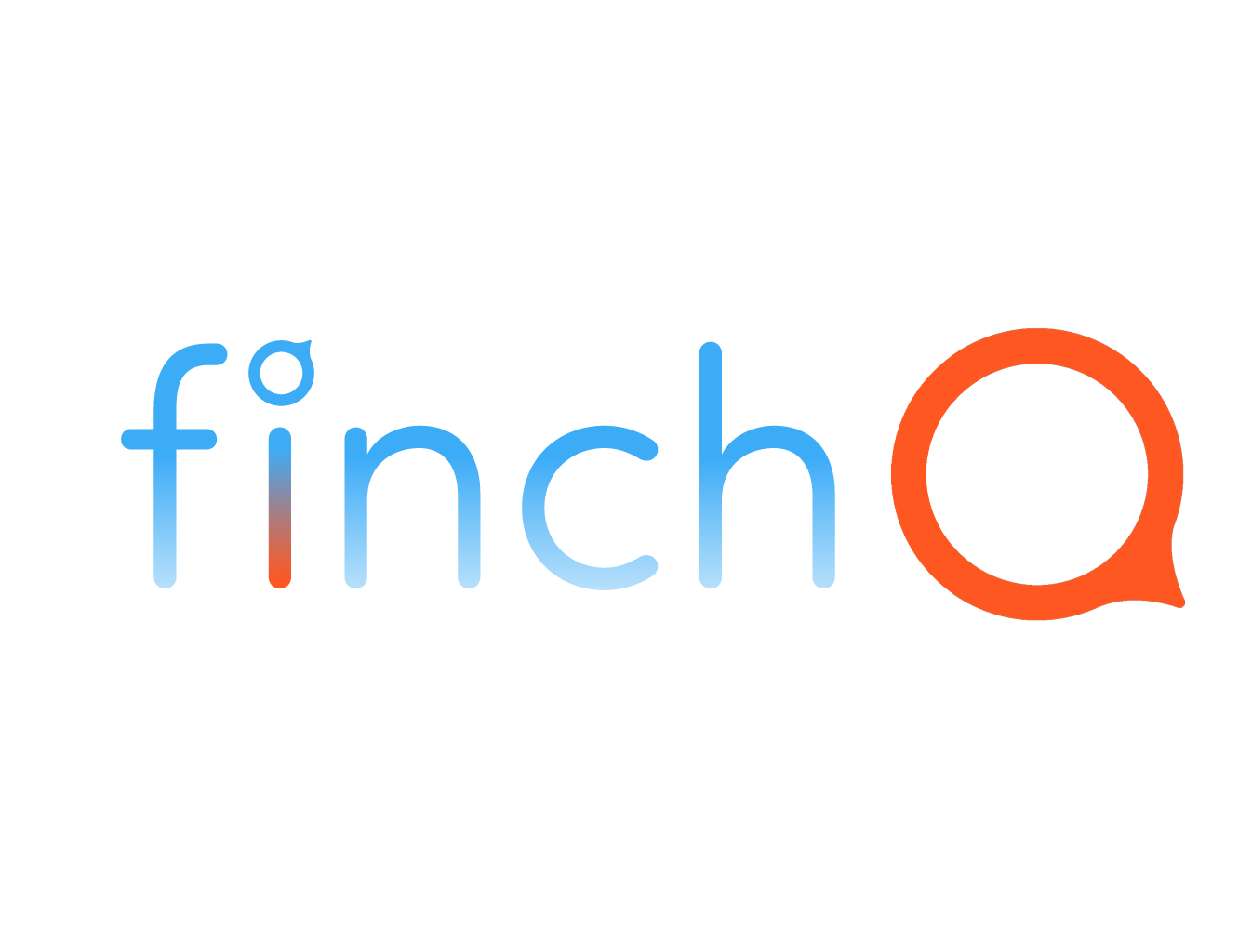What is Finch?
Finch is the result of multiple frustrations. Dissatisfactions.
As a son who lives 4,000 miles away from his aging parents, I am not in a position to quickly assist my folks in times of need. One always hopes to never come to such situations, but we all know it is a matter of time when their health will diminish and their strength will falter.
It will happen to us all.
In fact, as a healthcare practitioner and a physical therapist, I can know exactly when.
I could observe, measure, calculate, and have a pretty close approximation of it.
But how do I do that from thousands of miles away? I can know their exact distance (4,473 miles) from me at any given time simply by looking at my smartphone, as they share their position with me💡. Yet, for me to evaluate their condition and stay up-to-date with their gradual changes, I would have to spend hours a day directing them, questioning them, and having them use their phone camera just so I could have a poor idea of the truth. And it would mostly be a poor idea because they would know they were being tested.
The ultimate problem is the Fall.
They are a very difficult nut to crack. Particularly, having only episodic information.
But falls are only the tip of the iceberg. They are really the result of something else.
Most of the time, just a gradual accumulation of frailties. Or perhaps the new onset of a degenerative disease, Parkinson’s, Alzheimer’s, peripheral neuropathy, COVID-19, a mild stroke, or who knows what.
I could easily settle for a fall alert button, known as a Personal Emergency Response System or PERS, but that is no real solution. That is a desperate act after the damage has already occurred.
Frustrating.
At work, every day, it is not a different story.
I spend most of my days evaluating patients that have fallen and invariably injured themselves quite badly. From hip and other fractures to brain bleeds to rhabdomyolysis (a condition in which muscle starts to breakdown from laying on the ground following a fall and starts to damage the kidneys). Many of them are back over and over, for the very same reasons. And many times with the same injuries time and again.
It is a bad way to end up. And this is happening thousands of times as I write these words in the US alone.
Frustrating.
Not long ago I came to the realization that it didn’t really have to be this way.
Wearable technology is in its infancy still, but has already come a long way. In fact the very Apple Watch that many of you are wearing as you read this post, has everything we need to figure it all out many times over and more.
Those very same things I would hope to observe, measure, and calculate during a video call with my parents can be done multiple times a day (in many instances many times a second!), as they live their lives. Uninterrupted. And if they want to keep it all private, they wouldn’t even have to share it with me. This kind of tech can easily do better than that video call. It can do better than an in-person visit by the sheer density of information, collected during real moments of unaltered behavior. Now we are talking about catching a problem by its roots before it actually becomes a true problem. Before it becomes a fall or before something is too advanced and harder to deal with.
The dissatisfaction with the fall alert button, the frustration with all the chronic falls, the pain, the disability, and the trauma of delayed medical attention…these are how come the Finch came to be.
The Finch starts as an app for the Apple Watch that will soon be on the App Store.
At the basic level it will be FREE. And for those that want more, there will be a subscription that can be turned On and Off right there on the Settings of the Finch. No contracts. We are working hard to have the Finch ready for you. We can’t wait to have you experience it.
Armin Loges
Finch founder
